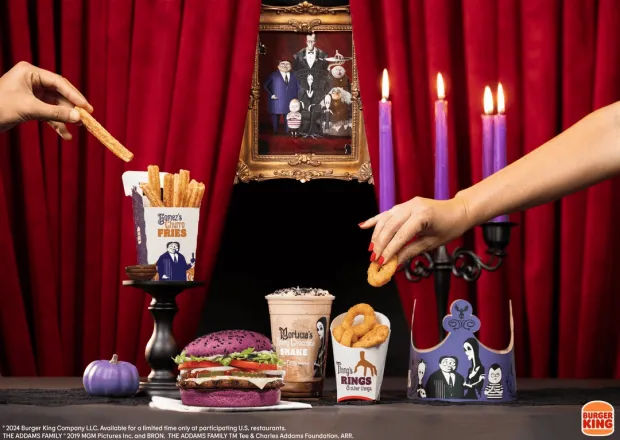End of an Era: Renowned Furniture Chain Closes After Chapter 11 Bankruptcy
According to The Street, Surviving as a retailer for over a century requires a unique blend of luck and skill. Very few brands manage to endure the test of time, as longevity often hinges on having products that remain iconic despite shifting consumer tastes or the ability to adapt to meet evolving demands.
A Century of Resilience
Founded in 1904, Badcock Home Furniture & More navigated a tumultuous history that included the Great Depression, two world wars, changing cultural trends, the housing crash of 2008, and even the impact of the COVID-19 pandemic. The company outlasted years when swing dancing was in vogue, as well as the memorable moment when “Who Let the Dogs Out?” captured everyone’s attention.
While it’s tempting to point to the economy as the primary culprit behind recent retail bankruptcies, the pandemic has played a significant role in the recent wave of closures. Many furniture companies, in particular, found themselves filing for Chapter 11 bankruptcy and hastily moving toward liquidation.
The Pandemic’s Double-Edged Sword
During the pandemic lockdowns, consumers shifted their spending habits towards their homes, increasing demand for connected fitness devices, appliances, and furniture. While this surge initially benefited furniture retailers, many were unprepared for the subsequent slowdown in demand. Just as interest in products like Peloton bikes waned after the initial buying spree, furniture sales also took a hit as consumers had already purchased what they needed during the pandemic.
This shift in consumer focus—moving from purchasing goods to spending on experiences—created market conditions that ultimately drove companies like Mitchell Gold + Bob Williams, Z Gallerie, and various regional furniture chains into bankruptcy and liquidation. Now, this trend has claimed another significant victim.
Badcock’s Legacy
Despite its somewhat amusing name, Badcock Home Furniture & More has a rich history. Founded by Henry Stanhope Badcock, an English immigrant, the W.S. Badcock Corporation opened its first store in Mulberry, Florida, in 1904. Henry ran the business for 16 years before passing it on to his son, Wogan, in 1920.
Wogan Badcock proved to be an innovative leader during challenging times, especially during the land boom and bust of 1929. As the Great Depression hit, Wogan found it increasingly difficult to sell merchandise, prompting him to adapt his business model. He began selling products through consignment at various local stores, offering a share of the profits.
Also read: Understanding the Social Security Cost-of-Living Boost: Financial Impact on Retirees
Wogan also pioneered the concept of route salesmen, who used small trucks to travel designated routes and sell Badcock merchandise. This innovation laid the groundwork for the dealer model that remains central to Badcock’s operations. Additionally, he introduced credit sales to customers, allowing them to purchase furniture on installment plans.
Closing Time for Badcock
While the Badcock business model thrived for nearly 100 years, the company is now winding down its operations. Following the Chapter 11 bankruptcy filing of its parent company, Conn’s, Badcock announced that all stores across eight states would be closing. The company has initiated going-out-of-business sales, offering discounts of up to 50% on its website.
Conn’s acquired Badcock Furniture in 2022. At the time of the acquisition, Badcock operated 64 corporate locations and 310 independent dealer-owned stores. The parent company’s bankruptcy filing in the U.S. Bankruptcy Court in Corpus Christi, Texas, revealed that Conn’s employed approximately 3,800 full-time and 150 part-time employees across 553 retail stores in 15 states and 22 distribution and service facilities.
In an effort to retain staff during the liquidation process, Conn’s has requested court permission to pay bonuses to employees who remain through the going-out-of-business sales. As the curtain falls on Badcock Home Furniture & More, it marks the end of a significant chapter in retail history.






